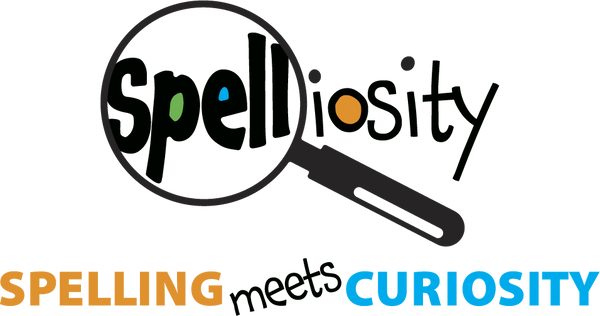Spellamentals Update
We’re currently updating Spellamentals to bring you an even better experience. Stay tuned— it will be available soon!
Anchor Charts
-
Anchor chart <dge> - “who / what / where / when / why”
Regular price $0.00 CADRegular priceUnit price per
Fundamental Videos
-
Review Spellamentals
Coming soon!
This video will offer essential insights into the pedagogy behind our lessons, ensuring a deeper understanding and more effective implementation.
-

Word Investigation Wall
Watch videoLearn more about how word investigation walls inspire students to think deeply about spelling and vocabulary.
-

Stress and Schwa
Watch videoDiscover the importance of teaching students about the schwa, the most common vowel sound they will encounter.
-

Grapheme Position Matters
Watch videoUnderstanding the position of a grapheme within a word is crucial for students, as it simplifies the spelling process by helping them narrow down their options.
-

Tips for Using a Matrix
Watch videoDiscover how to use a matrix in this comprehensive video tutorial.
-

-

Writing Out Word Sums
Watch videoPair text with an image to focus on your chosen product, collection, or blog post. Add details on availability, style, or even provide a review.
-

Interesting Words
Watch videoWatch a demonstration on how to write our Interesting Words that support orthographic mapping.
-

Lesson Videos
-

-
Replace e with a Vowel Suffix
Watch videoComing soon!
Discover how to spell words with the suffixing convention "replace e" in this instructional video.
-
Word Sums Task 2, List A
Watch videoDodge
Word sums help students remember that e is replaced when attaching a vowel suffix.










